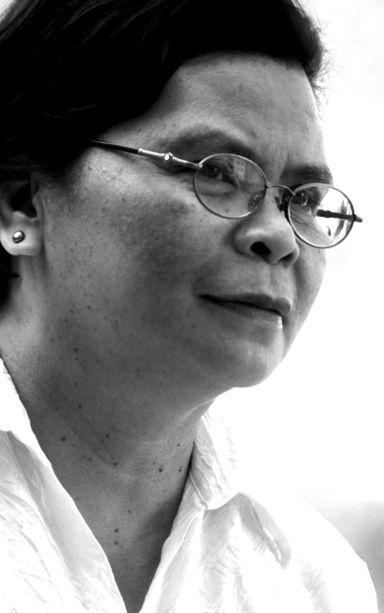
DELACERNA
I belong to the generation who had Spanish courses in fourth year high school and in the eight semesters in college.
While the intermediate courses were mostly grammar and sentence construction, surprisingly, the higher courses in Spanish were interesting because we had Memorias de la Revolucion Filipina using Apolinario Mabini’s book of the same title and Spanish literature.
It was in the Spanish literature class that my interest in translation took its roots.
I remember the activity where the class was divided into three groups to translate a narrative poem in Spanish into English, Cebuano and Tagalog.
I was in the group tasked to translate the poem to Cebuano and I remember I enjoyed doing it and the teacher enjoyed it, too, when I read it in class. Since then I liked translating English literary pieces and short articles to Cebuano.
Listening to good Cebuano speakers and reading the best Cebuano writings greatly honed my knowledge and use of Cebuano.
Translation is different when it is not a class requirement.
When I was taking my graduate studies, my adviser asked me to translate a workers’ manual to Cebuano for a construction company.
I was hesitant because I did not feel confident but it was urgent and besides, the topic was far from my interest.
Translation was given a more serious look during my stint as director of the Central Visayas Studies Center at UP Cebu.
However, it was when I started my retirement that I got the bulk of translation work. My colleague prof.
Henry Francis Espiritu recommended me to translate Maulana Muhammad Ali’s English Translation and Commentary of the Holy Qur’an to Cebuano which I readily accepted.
For now, I am only halfway of the book because in between I have been asked to translate other things which were shorter.
Translating this book taught me so many things.
First of all, it made me understand and appreciate Arab history and culture by reading the commentaries.
In the translation I used more than one dictionary to get the appropriate word to stay much closer to the text.
I had also in mind the target of the translation.
I started with the preface of the book and I was very relieved that the editors approved my translation.
For this was the process, for every chapter finished which consists of twenty or more sections with accompanying detailed commentaries, I submitted it for editing.
The text is easy to translate but it is the commentaries that I have to engross myself in. The work is so intense that I am still halfway of the book and am now trying to devise a faster way of translating.
My advocacy for women’s issues and concerns made me translate the Women Development Code of the Province of Cebu to Cebuano but unfortunately, could not finish it.
Translating the Women Development Code entails knowing and using the proper terms in the code. Hopefully, the translation work will be completed before the code is amended.
Coming in between translating the English Translation and Commentary of the Qur’an and the Women Development Code of the Province of Cebu was the translation of twenty-five articles on various topics.
This was part of an Asean Integration project of a colleague from the Department of Computer Science at UP Cebu, prof. Robert Roxas.
It came in four batches and the last batch was challenging because it contained articles on science. There are certain terms that just cannot be Cebuanized so I let them be for these terms are very popular.
Last May 5 – 7, the Cebuano Studies Center of the University of San Carlos in cooperation with In Other Words Inc and the National Commission for Culture and the Arts (NCCA) organized the Translation: Beyond Basics 2 Workshop where I was invited as one of the panelists. Eleven Cebuano stories were translated to English by participants of the workshop which were distributed to us panelists a week before the workshop.
So we had to read each story in both languages.
During the workshop each translation was studied thoroughly, line by line and always referring to the original.
It was a very tedious work but enjoyable and a learning experience.
The most challenging was the translation of idiomatic expressions in Cebuano to English.
For example how do you translate, “Ang hangin balhiboon ug dila.”
This was resolved through a collective effort to come up with an acceptable translation. One lesson we learned is that we cannot add to or subtract from the original text.
Disclaimer: The comments uploaded on this site do not necessarily represent or reflect the views of management and owner of Cebudailynews. We reserve the right to exclude comments that we deem to be inconsistent with our editorial standards.
